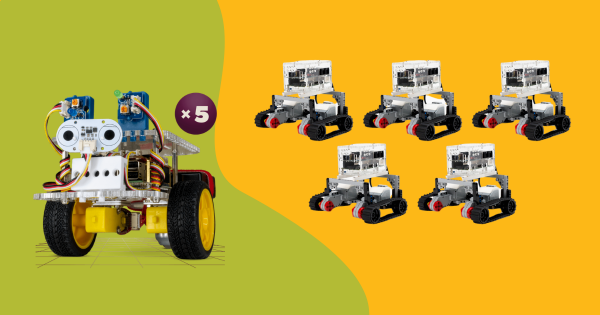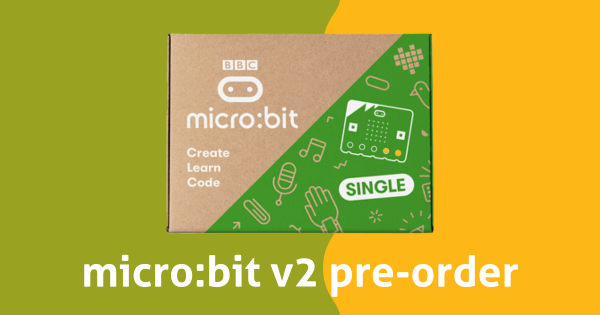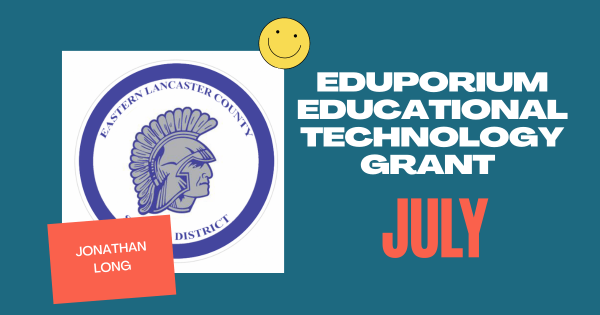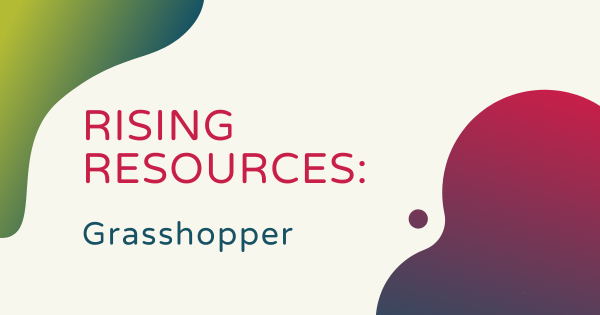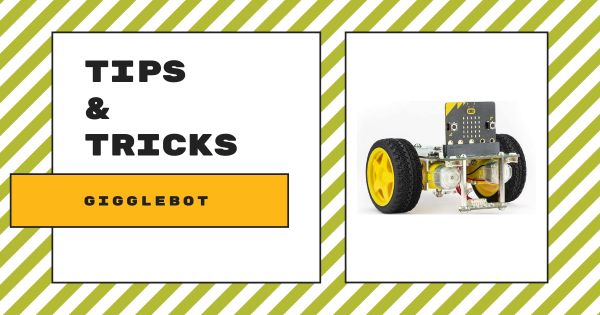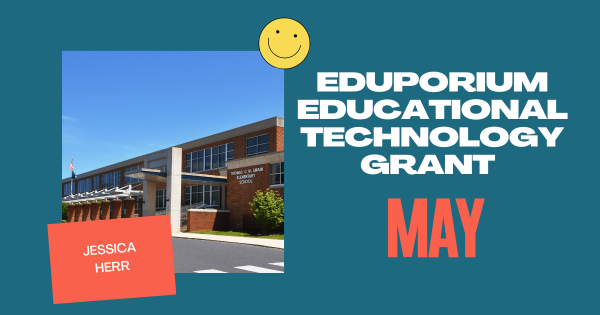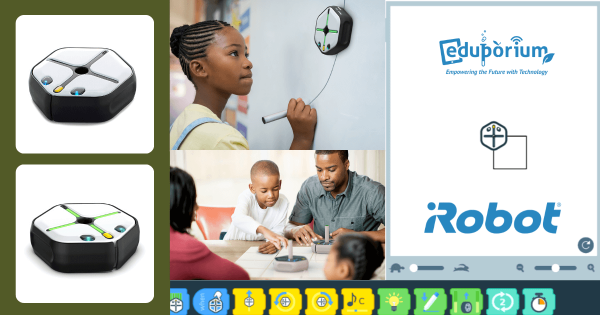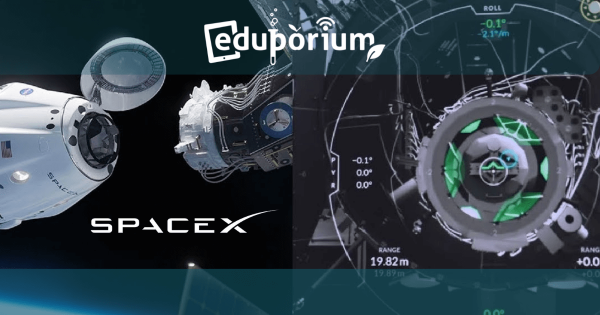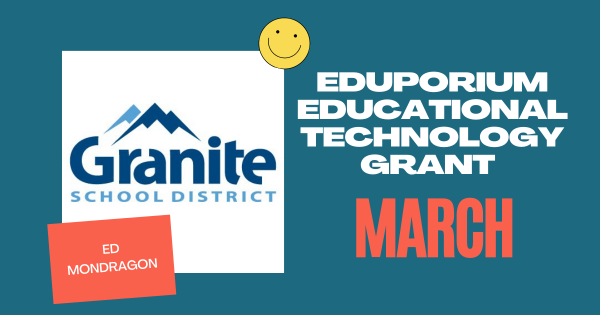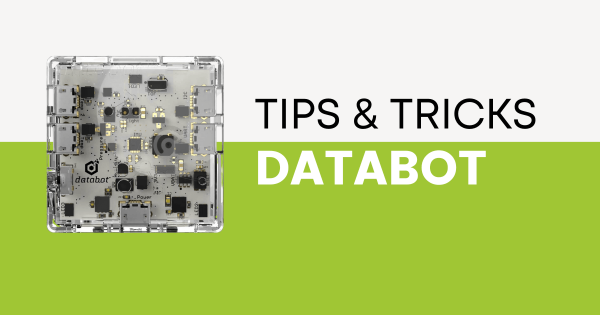Both STEAM tools combine various elements of engineering and coding in what they offer to students. These robots are buildable, too, which enables students to explore engineering as they work to figure out how to build the bots correctly. Once they’re built, children can work on programming them whether they’re at home or in the classroom.
Computer Science
Computer science remains an integral element of STEM education and, these days, of K-12 education as a whole. With so many connections to current or future career opportunities, learning computer science skills can unlock various professional benefits for today's students. Because much of computer science ties in to the STEM economy in so many ways, it truly began to boom in high schools over the last couple decades. Now, however, students are starting to get a taste of it as early as kindergarten. With that foundation, they can continue learning new and more intricate skills throughout elementary and middle school. This helps put them in a prime position to learn the more advanced skills and coding languages in high school. With hands-on coding experiences serving as a driving introductory force to learning computer science, tons of students continue to benefit.
It's truly possible to incorporate a computer science curriculum at all levels of education. Even if experiences happen only after school, kids of any ages could partake. As early on as kindergarten, children can explore screen-free coding and develop foundational CS skills with tools like the Cubetto Robot or Bee-Bot. And, moving into early elementary school, they can dive into digital coding with block-based challenges. This introduces them to some more important elements of computer science and includes robust solutions they can try in classrooms. Among them are the Ozobot Evo, Dash Robot, Root Robot, and tons of others. Then, in middle school, they could explore graphical coding further or get into text-based coding. Using tools like the Edison Robot, Finch 2.0, Marty V2, or others, they can try more. Then, they'll be ready for full text code in high school with the NAO AI, databot 2.0, or others.
-
The micro:bit V2 is Now Available for Pre-Order
When it first showed up on the education scene a few years ago, the micro:bit became an instant favorite among STEAM teachers around the world thanks to its pocket-sized portability and simplicity when it came to teaching coding. Now the micro:bit V2 is ready to make its own impact on STEAM education. -
Our July Grant Recipient is Jonathan Long!
Jonathan Long is a middle school STEM teacher in the Eastern Lancaster County (PA) School District and a huge fan of using technology in instruction. He’s used some different EdTech tools in the past and we’re excited to be able to provide him with a new one to try—the databot. Read on to learn more about him and his STEM -
Rising Resources | Learn Coding with Grasshopper
Coding skills can be learned at a very young age and kids can progress through the different types of programming using age-appropriate tools, which makes it more feasible. We advocate for coding kits in education all the time, but the subject of this week’s Rising Resources blog is a slightly different option. This week, we explore Grasshopper. -
Tips & Tricks | Dexter Industries' GiggleBot
The GiggleBot is the main component of this micro:bit-powered robot and construction kit. It boasts a variety of programmable features, including its brightness sensor, LEDs, motors, and a line following device. Children can assemble it in as little as five minutes and it includes everything that they’ll need—just connect the batteries, micro:bit, and wheels to get started! -
Grant Award for May: And, It Goes to Jessica Herr!
For the month of May, the award has been given to Jessica Herr, a teacher at the TC McSwain Elementary School in Staunton, Virginia! With the STEAM tools she’ll be receiving from us, Jessica has a pretty amazing project planned—one that involves drones, coding, bees, and plenty of collaboration for students. -
Helpful Updates For Teaching Coding With The Root Robot
Starting in early elementary, students can use the Root Robot to try block coding, move onto hybrid coding in upper elementary and middle school, and then use it to learn text coding in upper middle and high school. Since teachers and students now find themselves navigating remote learning, its newest features help make the Root even more appealing. -
How Kids Can Try The SpaceX Docking Simulator At Home
Students—particularly those who love trying new, STEAM-related activities or experiments—might be looking for any new things to try at home by this point in time. Well, if they do, in fact, enjoy STEAM, there’s a great new tool they can try with any computer. The SpaceX team has created this docking simulation tool that anybody can use to practice landing -
Enhancing CS Instruction: Learn About Our Latest Grant Awardee
For this past month, we are happy to present this award to Ed Mondragon, who runs the CTE department with the Granite School District in Salt Lake City, Utah! Like so many educators, Ed is now searching for ways to make remote learning as meaningful as possible for each of his students and for all the committed teachers he works -
Tips & Tricks | Collecting Data with the databot
With so much data filling our world—and the immediate environments around us—it can be hard to conceptualize just how much there is to explore. With the databot, students can do just that. This tiny cube fits in the palms of their hands and helps them explore the hidden world of data in an incredibly powerful way using a dozen on-board




